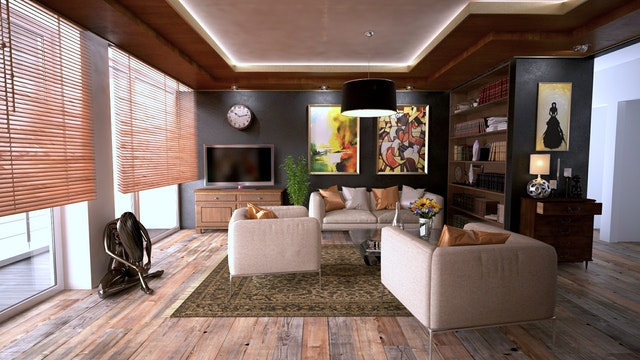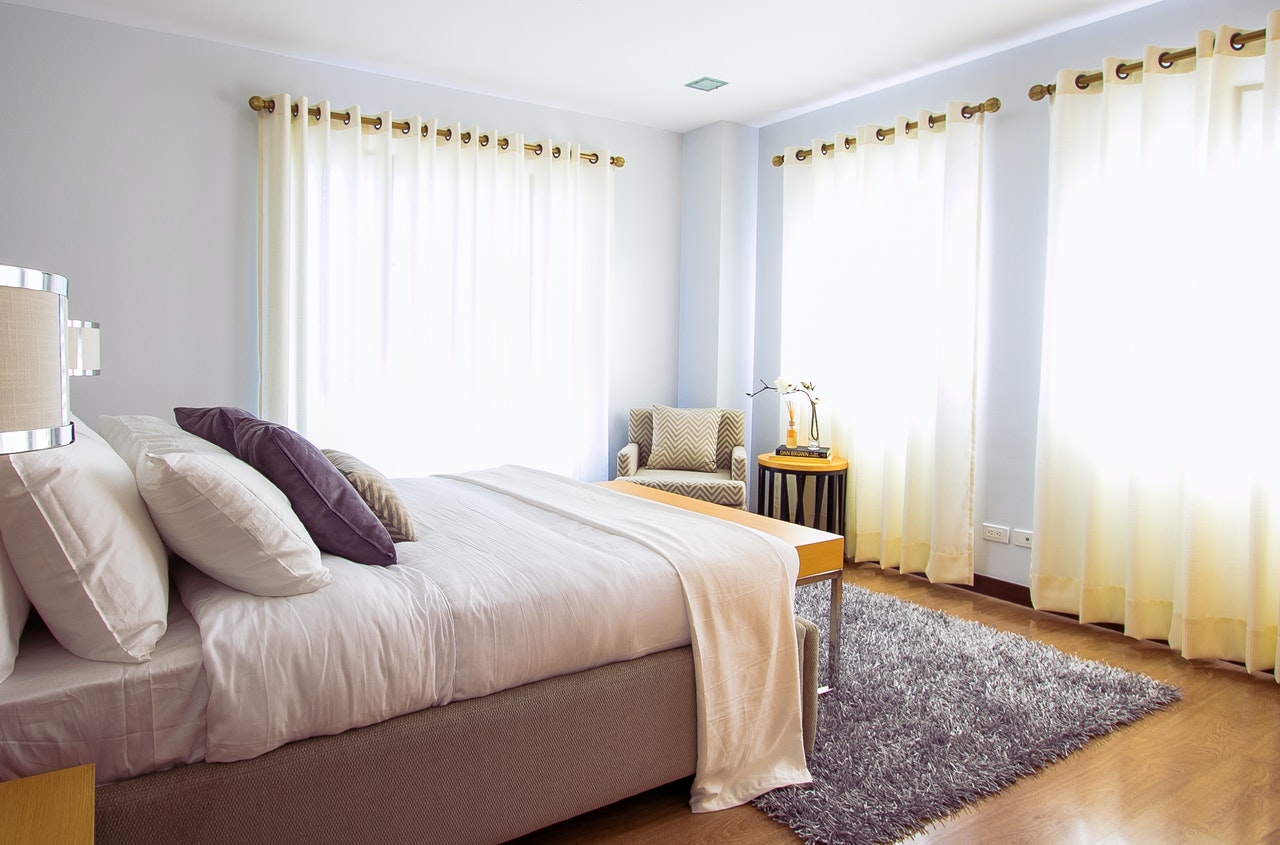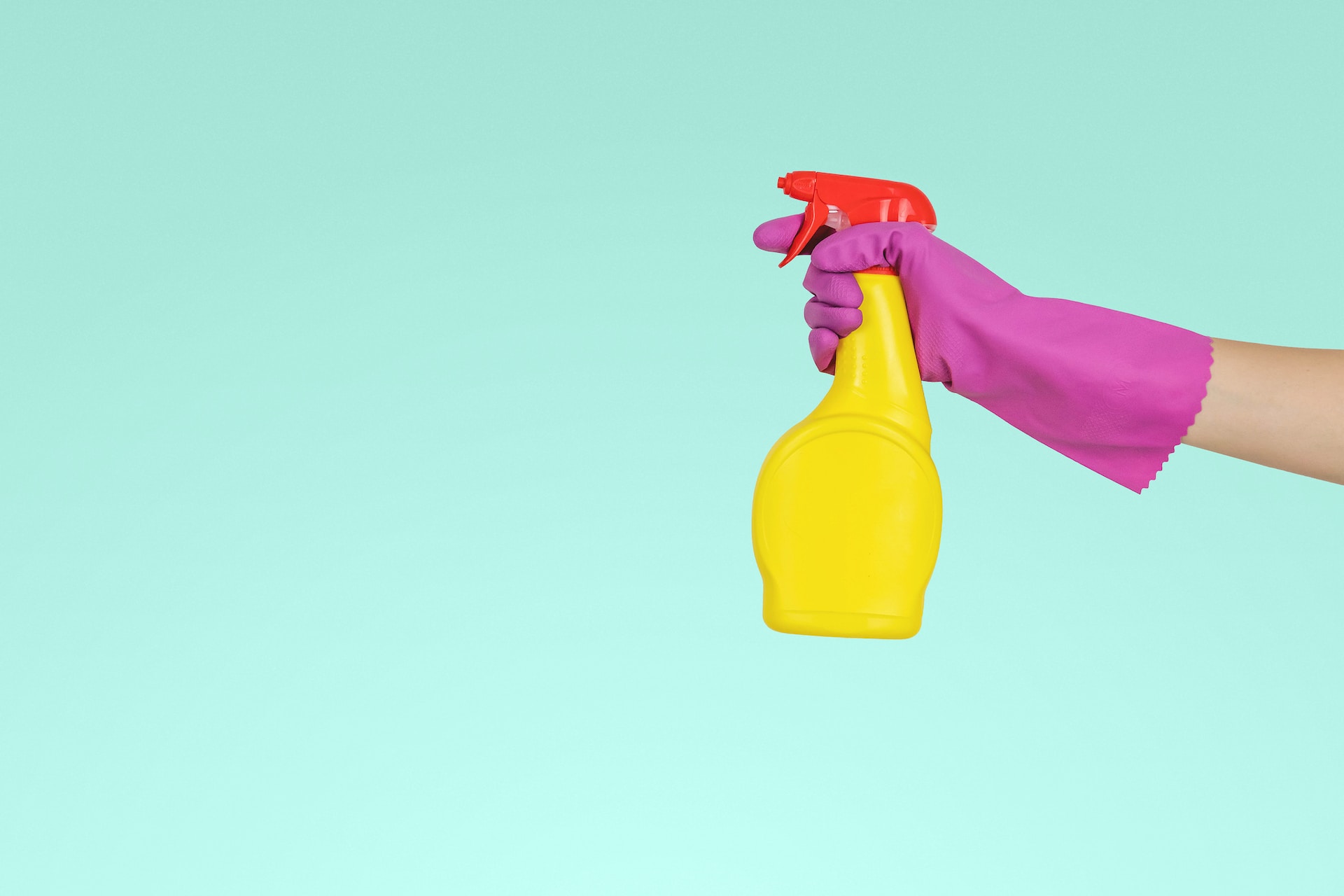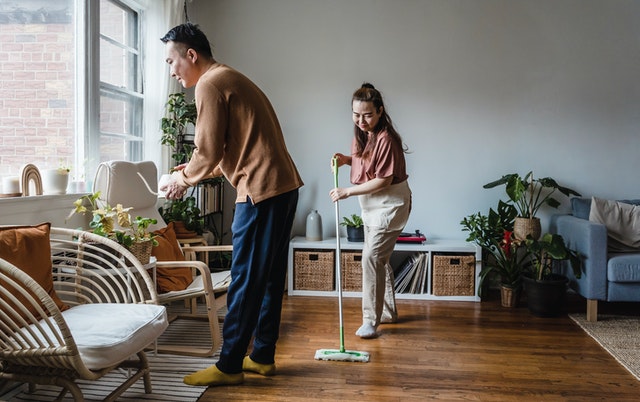Deciding which window treatments to go for might be a daunting task. You should keep various factors in mind, such as the size of your room, which lighting you want to go for, how efficient your window treatment should be, and obviously, the design you want to go for. Having the right window treatment can give your home a new, fresh look. Or maybe you already have your window treatments and are looking for tips on how to best take care of them, such as the best cleaning method or how to dust off your shutters.
We’ve asked for the best advice on window treatments. Find out what they have to say in the Q&A below.
What is the main difference between blinds and shades?
Both blinds and shades are window treatments that effectively block out unwanted light and render privacy to the room. The two words are used interchangeably but they are – in fact – quite different. The main difference between the two is that blinds are ‘hard’ structured window dressings with slats, while shades are sweeping one-piece window coverings made of soft textiles.
Blinds feature vertical or horizontal slats of materials such as wood, faux wood, vinyl, or aluminum. Since the slats can be tilted open or closed to various degrees, blinds offer higher control over the amount of light that flows in.
Shades are made of soft materials and constructed with one single piece of material that folds up to expose the window. Popular shade styles include cellular shades, Roman shades, and roller shades.
Since shades do not have adjustable slats and can only be folded up or down, they offer a lower degree of control over light inflow. Shades, however, offer almost infinite aesthetic choices in terms of colors, patterns, and textures, while blinds only come in a few limited materials, colors, and textures. Custom roman shades, therefore, tend to be a more popular choice amongst designers and design-conscious homeowners.
In terms of maintenance, blinds are easier to clean because non-absorbent materials like vinyl can be easily wiped down, while shades may require more careful, in-depth cleaning since they’re made from fabric materials.
– Marina, SpiffySpools.com
What are the benefits of using window tinting?
Window tinting provides a range of benefits.
- Reduce heating and cooling costs
- Minimizes UV damage on furniture and surfaces
- Added privacy
- Glare reduction
- Increased comfort by improving temperature regulation.
- Added security and safety – glass is harder to break through.
Different film types and brands have better capability in each of these areas. We recommend talking to a consultant first and discussing with them what you are aiming to achieve from the window tinting.
– Emma, Premier Tint
What is the main difference between curtains and drapes?
The answer is not much – the terms are almost interchangeable, but let’s start with the word ‘drape’ vs ‘draperies’. I run a third-generation family business and have had lessons handed down to me from my grandfather and father. One of the first things my father told me is, “Drape is a verb, Draperies is a noun and that is what we sell”.
Back to the original question. Curtains are typically lighter, without lining, and shorter in length, perhaps to the sill. Think of what you hang over a kitchen window. Something that can easily be thrown in the washing machine. Draperies are typically lined, hang to the floor, and may be operated with a traverse or draw rod for opening and closing.
– Bruce, Metropolitan Window Fashions
What are the best tips to repair cracked stained glass?
Stained glass is beautiful but very easily broken, especially when panels are in vulnerable locations like front door entryways. A seriously damaged panel will have to be removed and taken to a stained-glass shop for repair. The cost, including boarding up the opening and re-installing the panel, is substantial (at least $500.00), so prudent homeowners should protect their stained glass with tempered glass to guard against breakage.
If your stained glass does get broken, first secure the loose or cracked pieces with tape, then email images of the damage to local glass shops for repair estimates. Save any detached pieces because they may be useful for matching replacement glass.
If the damage is limited to a few minor cracks, the handy homeowner can save considerably on repair costs by following the steps described in this post. In brief, the method is: to clean the glass extremely carefully with rubbing alcohol, align the broken parts, then apply low-viscosity adhesive. Capillary action will draw the glue into the break, and if the join is perfect, the crack will entirely disappear. The professional choice of adhesive is a UV-activated glue like the CRL Clear UV740 Low Viscosity UV Adhesive, but low viscosity super-glue can also be effective.
– John, Artistry in Glass
How does security window film work?
Security window film works by making it hard to break the glass and by holding the glass together in the event that it does become shattered. This protects occupants from shards of broken glass and continues to impede the entry of an intruder as they will have to force their way through the broken glass and film layer. Smart glass is a laminated and tempered safety glass that goes from clear to frosted on demand, providing an additional layer of security by adding privacy. Smart film is applied to the surface of existing glass, enhancing security and privacy.
– Klara, Smart Glass Country
What are the benefits of building your own plantation shutters?
– Viktor, The DIY Plan
What are some tips to choose the color design of your curtains?

Whether you’re looking to place new curtains or want some maintenance tips for your window treatments, we’ve gathered the best advice. When installing new window treatments you can either opt for DIY techniques or hire a professional, such as an interior designer. When installing or taking care of your window treatment yourself, make sure to follow guide instructions, such as the instructions given on laundry labels.
This Q&A is still developing.




